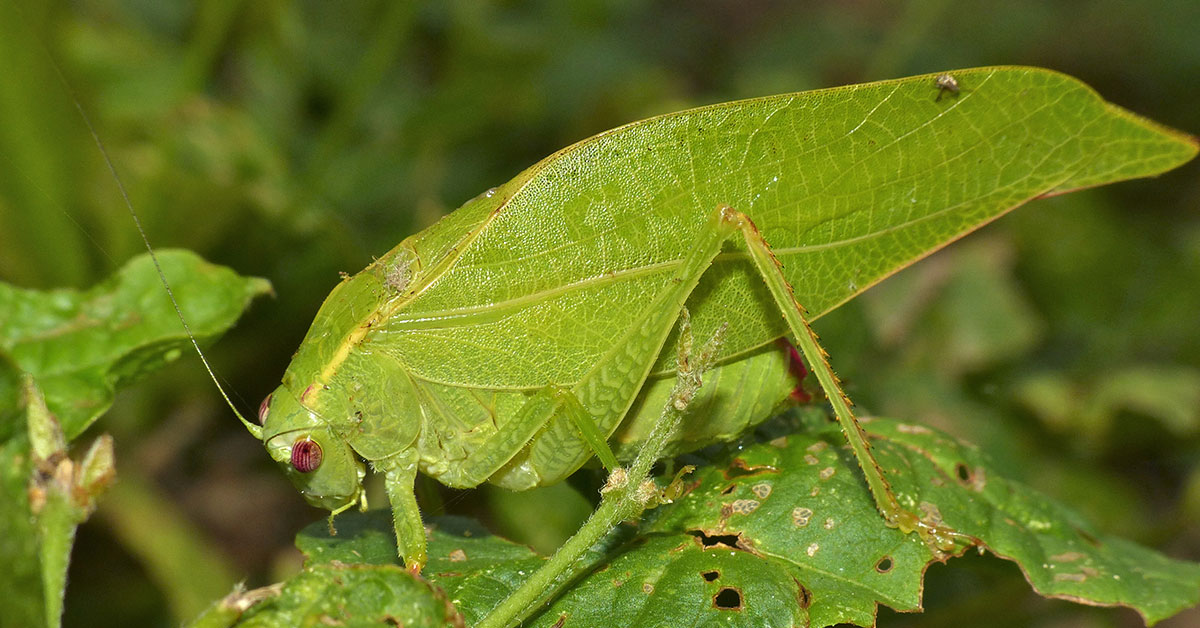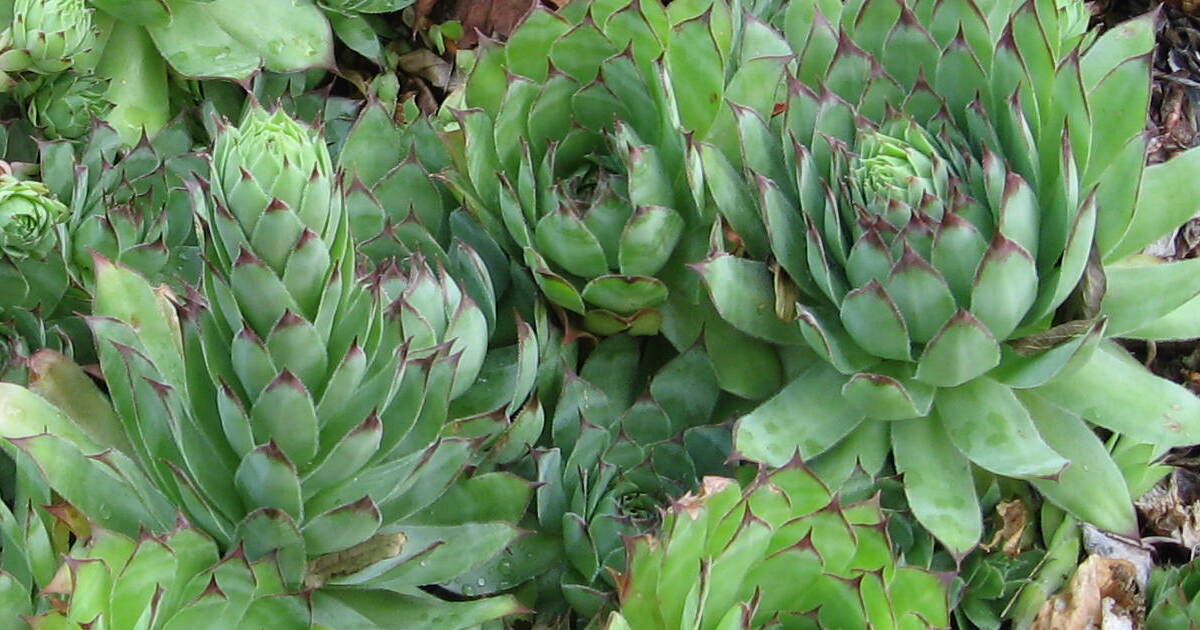Are you tired of the incessant chirping of katydids disrupting your peaceful evenings? If so, you are not alone. These small, green insects, known for their loud and distinctive calls, can quickly become a nuisance when their population starts to grow. There are several effective methods to get rid of katydids and restore tranquility to your surroundings.
In this article, we will delve into the various approaches you can take to eliminate these bothersome pests from your home and garden. Whether you prefer natural remedies or more traditional pest control methods, we have you covered with practical tips and strategies to help you reclaim your peaceful environment. So, let’s jump right in and discover how to bid farewell to katydids once and for all.
Are katydids a pest?
Katydids (family Tettigoniidae) are not considered significant pests in the same way as some other insect species. They are generally harmless to humans and do not pose major threats to crops or structures. In fact, katydids play essential roles in the ecosystem and have some beneficial aspects:
Natural Pest Control: Katydids are primarily herbivorous insects that feed on leaves, flowers, and plant material. While they may occasionally cause minor damage to plants, they also help control plant populations and maintain ecological balance by consuming vegetation.
Food Source for Predators: Katydids serve as a food source for various predators, including birds, bats, spiders, and other insects. They play a vital role in the food chain, helping support the populations of higher-level predators.
Indicator Species: Katydids can act as indicator species, reflecting the overall health of an ecosystem. Their presence and abundance can provide insights into the ecological conditions of a particular area.
Nighttime Serenades: Male katydids are known for their characteristic songs, which they use to attract females. Their chirping is a familiar sound during warm summer nights and contributes to the natural ambiance of the environment.
While katydids are generally not considered pests, there may be some localized situations where their feeding habits lead to minor plant damage in gardens or agricultural fields. However, they are not typically a significant agricultural or structural pest.
How to get rid of katydids
Katydids are valuable members of the ecosystem, contributing positively to the natural balance and functioning of the environment. Their occasional feeding on plants does not typically warrant control measures, and in most cases, they can be appreciated for their unique sounds and ecological contributions. To get rid of katydids, try these methods:
- Remove their food sources: Katydids feed on leaves, flowers, and other plant parts. Regularly inspect your plants and remove any damaged or infested foliage to reduce their food supply.
- Use physical barriers: If you have valuable or vulnerable plants, you can use physical barriers like netting or row covers to prevent katydids from reaching them.
- Handpick and remove: If you spot katydids on your plants, you can manually remove them by handpicking them and disposing of them in a soapy water solution. This can be an effective method for small infestations.
- Introduce natural predators: Encourage natural predators of katydids, such as birds, frogs, or praying mantises, to your garden. They will help control the katydid population by feeding on them.
- Apply insecticides: If the infestation is severe and other methods have not been successful, you can consider using insecticides labeled for katydid control. Make sure to follow the instructions on the product label and apply the insecticide only as directed.
Remember, it’s important to maintain a balance in your garden ecosystem, so consider using the least harmful methods first before resorting to chemical control.
Why get rid of katydids?
As mentioned earlier, katydids (family Tettigoniidae) are generally not considered pests and do not pose significant threats to humans or the environment. Therefore, there is typically no need to actively get rid of katydids from most areas. In fact, they play valuable roles in the ecosystem, such as acting as natural pest controllers, providing food for other predators, and contributing to the overall biodiversity.
However, there might be a few specific situations where individuals may want to reduce katydid populations or discourage them from certain areas:
Plant Damage: While katydids are not major plant pests, in some cases, high populations of katydids may lead to minor plant damage, especially in gardens or agricultural fields. If their feeding causes significant harm to valuable crops or landscaping plants, some people may consider controlling their numbers.
Noise Disturbance: Male katydids produce loud chirping sounds, which can be considered noise disturbances, especially during the night when people are trying to sleep or in residential areas with high katydid populations. Some individuals may seek ways to manage katydids to reduce the noise levels.
Overabundance: In rare situations, local katydid populations may experience an unusual increase in numbers, leading to more significant impacts on vegetation. While this is infrequent, it can result in imbalances in the ecosystem, and management efforts may be warranted.
Important Note: If you find katydids in your home or building, it’s essential to remember that they are harmless insects and do not cause damage to structures or pose health risks. In such cases, it’s best to simply release them back outside or allow them to move on naturally.
In most cases, katydids are valuable contributors to the environment, and their presence should be appreciated as part of the rich biodiversity of the natural world. If any concerns arise regarding katydids, it is advisable to seek advice from local experts, such as agricultural extension agents or entomologists, to ensure appropriate and environmentally friendly approaches to managing any potential issues.
Problems with getting rid of katydids
While getting rid of katydids may be a priority for some individuals, it’s important to consider the potential problems associated with such attempts. Here are a few:
- Environmental impact: Many chemical pesticides used to eliminate katydids can have harmful effects on the environment. They may not only impact katydids but also other beneficial insects, wildlife, and plants in the area.
- Disrupting the ecosystem: Katydids play a role in the ecosystem by serving as a food source for other organisms. Eliminating them could disrupt the natural balance of the ecosystem, affecting other species that rely on them for survival.
- Ineffectiveness of control methods: Some control methods like sprays or traps may not be entirely effective in getting rid of katydids. They can be resilient and adapt to various conditions, making it challenging to completely eradicate them.
- Re-infestation: Even if you successfully eliminate katydids from one area, they may re-infest the location if the underlying factors that attracted them are not addressed. This could lead to a repetitive cycle of trying to eliminate them.
- Unintended consequences: Attempting to get rid of katydids without proper knowledge or expertise may lead to unintended consequences. It’s important to ensure that any control methods used are safe and appropriate for the specific situation.
Before taking any action, it’s recommended to consult with professionals, such as pest control experts or entomologists, who can provide guidance on the best approach based on your specific circumstances.
Other considerations
When considering how to get rid of katydids, there are a few other factors to take into account:
- Identify the severity of the infestation: Assess the extent of the katydid problem in your home or garden. If it’s a minor issue, you may be able to manage it with simple preventive measures. However, a more significant infestation might require professional intervention.
- Determine the cause: Understanding what is attracting katydids to your property can help you address the root cause of the problem. They are generally attracted to sources of light, foliage, and vegetation. Identifying and minimizing these attractions can help reduce their presence.
- Consider the environmental impact: Some methods of katydid control, such as chemical pesticides, can have adverse effects on the environment and other beneficial insects. If possible, opt for eco-friendly or natural solutions that won’t harm the ecosystem.
- Prevention measures: Taking preventive steps can help reduce the likelihood of katydids infesting your property. This can include sealing cracks and openings in your home, using screens on windows and doors, keeping outdoor lights off when not needed, and maintaining a well-maintained garden.
- Natural predators: Encouraging natural predators of katydids, such as birds, bats, or mantises, can help control their population naturally. Creating a habitat that attracts these predators can be an effective long-term solution.
- Consult an expert: If the infestation persists or becomes unmanageable, it may be necessary to seek professional advice from pest control specialists who are experienced in dealing with katydids.
Remember, it’s important to take a balanced approach that considers the severity of the infestation, the potential environmental impact, and the most effective and practical methods available to you.















